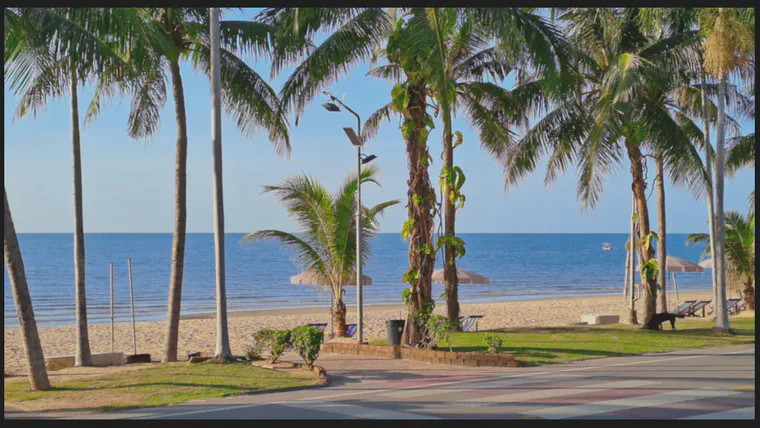97 more article titles

Ninety-seven months ago I wrote a post with the title 99 article titles. That post listed the first 99 articles I’d written in my series for ゴルフ場セミナー (Golf Course Seminar) magazine.
These are the 97 article titles that came next.
- Summer soil temperature: does soil water matter?
- Measuring soil water and temperature of a dry spot on a green
- I’d recommend less coring and less topdressing sand than I used to
- Conversations about putting green organic matter
- Irrigation water requirement in a sand rootzone compared to a soil rootzone
- Irrigation water requirement by two different methods
- Putting green speed and standard deviation: what does it mean?
- After the last page of the textbook, then what? Part 1
- After the last page of the textbook, then what? Part 2
- The most important things to know about soil pH
- The MLSN soil nutrient guidelines after 5 years
- Is daily irrigation better than infrequent irrigation?
- A framework for classifying golf course maintenance data
- Leaf nutrient analysis is not especially useful
- Is putting green surface hardness reflected in tournament statistics?
- Does nutrient application really do anything?
- Three levels of strategy for improving turf conditions
- Diesel and CO2 emissions from fairway mowing
- CO2 in OM and greens mowing
- Soil numbers: 40-30-20-10 & OM by depth
- Do grasses have inherent characteristics?
- Reference ranges for turfgrass leaf nutrient levels
- Grass height and green speed
- Dollar spot prediction by temperature and humidity
- Estimating nitrogen mineralization in the soil based on temperature and soil moisture
- A 12 point checklist for creeping bentgrass heat stress
- The questions I ask at every golf course
- Organic matter and its measurement in putting green soils
- Counting the number of good days to grow grass
- Management of organic matter in putting greens: the standard recommendations, or 5 alternative recommendations
- Phosphorus fertilizer and Poa annua
- Precise application of N in summer
- Predicting putting green growth suppression based on temperature
- Clipping volume around the world
- Uniformity of soil moisture in putting greens
- Organic matter gradients at the surface of putting greens
- Green speed change from morning to afternoon
- Post-rain growth: what’s the cause of it?
- Soil testing should lead to less fertilizer use, not more
- Superintendent salaries in the USA
- Creeping bentgrass, Poa annua, and plant growth strategies
- Green speed measurement by different people
- Potassium and leaf water content
- Leaf nutrient content of bentgrass and korai clippings
- Variation in soil nutrient content across a green
- Soil organic matter production over time
- How American superintendents are taught about products
- Mass balance applied to greenkeeping
- How I evaluate new grasses
- Two methods to calculate a sand topdressing requirement
- The components of evapotranspiration
- How much does cultivation help bentgrass?
- Ten things I’ve learned from tournament golf course maintenance
- Course maintenance and COVID-19
- The starting point for a system of putting surface management
- Details for a system of putting surface management
- A simple and effective method for evaluating smoothness and trueness of putting greens
- Putting green speed of warm-season grasses
- The exact change in soil organic matter after coring and topdressing
- Infiltration rate of putting greens
- Components of a green speed model
- Hydrogen peroxide treatment to turfgrass
- What is the cost of 1 gram of nitrogen?
- Simulated fertilizer recommendations by two sampling methods
- Observations of Zoysia matrella (korai) seedhead production
- Potassium, sands, and response to fertilizer
- Site-specific potassium recommendations based on mass balance
- Winter traffic and frost delays
- What about light?
- The DLI index for a complete year
- Using the ball roll trueness (bobble) test
- When is a stimpmeter measurement an outlier?
- Seasonal variation in irrigation
- Soil moisture sensors can measure the efficiency of applied irrigation
- Research into dollar spot management with reduced fungicide use
- A turfgrass growth ratio compares actual growth to expected growth
- Counting the hours of “humid” or “steamy” weather
- Leaf wetness duration comparison between locations
- Soil organic material, soil organic matter, and sand topdressing
- Making use of green condition board data
- Variation in putting green soil chemical properties by space and by depth
- My nitrogen fertilizer recommendations this year
- Five statistics for summer length and intensity
- Summer length and intensity at 38 locations around the world
- Evapotranspiration by the hour
- What I would do about algae and moss
- Change in putting green conditions from morning to afternoon
- The perfect location for cool-season grass
- Is any sand missing?
- A normal amount of growth
- Soil surfactant re-application timing based on air temperature
- Three different soil test depths on putting greens
- Normal leaf nutrient levels for four species used on putting greens
- A shade stress index for warm-season grasses
- Overseeding and grow-in windows
- Creeping bentgrass seed production
- Lethal high temperatures for turfgrass